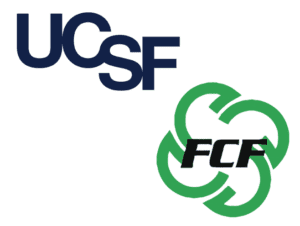Timeframe: 2021 – 2022
Goal: Develop updated estimate for US national incidence of FLC
Investigators: John Gordan, MD, PhD (UCSF); Travis Zack, MD (UCSF); and Kurt Losert (FCF)

Study overview: Rare diseases like fibrolamellar are often poorly understood because of the difficulty in assembling accurate patient cohorts and the lack of ICD billing codes specific to the disease. The most cited study of national incidence of FLC, using data from the National Cancer Institute’s Surveillance, Epidemiology, and End Results (SEER) Program, reports an incidence of approximately 0.02 per 100,000. However, this rate is significantly lower than might be expected based on observations from clinical practice which indicate that the incidence of FLC in the United States equals approximately 1% that of HCC. The main goal of this study was to analyze and combine data from nationally aggregated billing record datasets and major healthcare organization’s electronic medical records to re-estimate the national incidence of FLC.
Key Findings: This study used a unique approach that combined “narrow but detailed” EMR data with “broad but less specific” national payer billing information to define FLC incidence. The analysis suggests that FLC’s incidence rate is likely 5-8 times higher than the 0.02 per 100,000 rate reported in the SEER Program statistics. While this approach might be artificially inflated by long-distance referrals of FLC patients to major medical centers, even the lowest estimate made was still five times higher than current SEER data after adjusting the analysis for referral distances.
The study also included an analysis of clinical trial data which identified a higher level of hyperammonemia in FLC patients than is currently recognized in clinical practice, suggesting that hyperammonemia is an underappreciated source of comorbidity in FLC patients. By employing unsupervised machine learning on clinical laboratory data from patients with hyperammonemia, it also found that FLC-associated hyperammonemia mirrors metabolic dysregulation in urea cycle disorders.

The results of the effort were published in NPJ Precision Oncology in March 2023. Click here to read or download the complete article.
